Home>Gardening & Outdoor>Landscaping Ideas>When Is The Best Time To Plant Zoysia Grass Seed
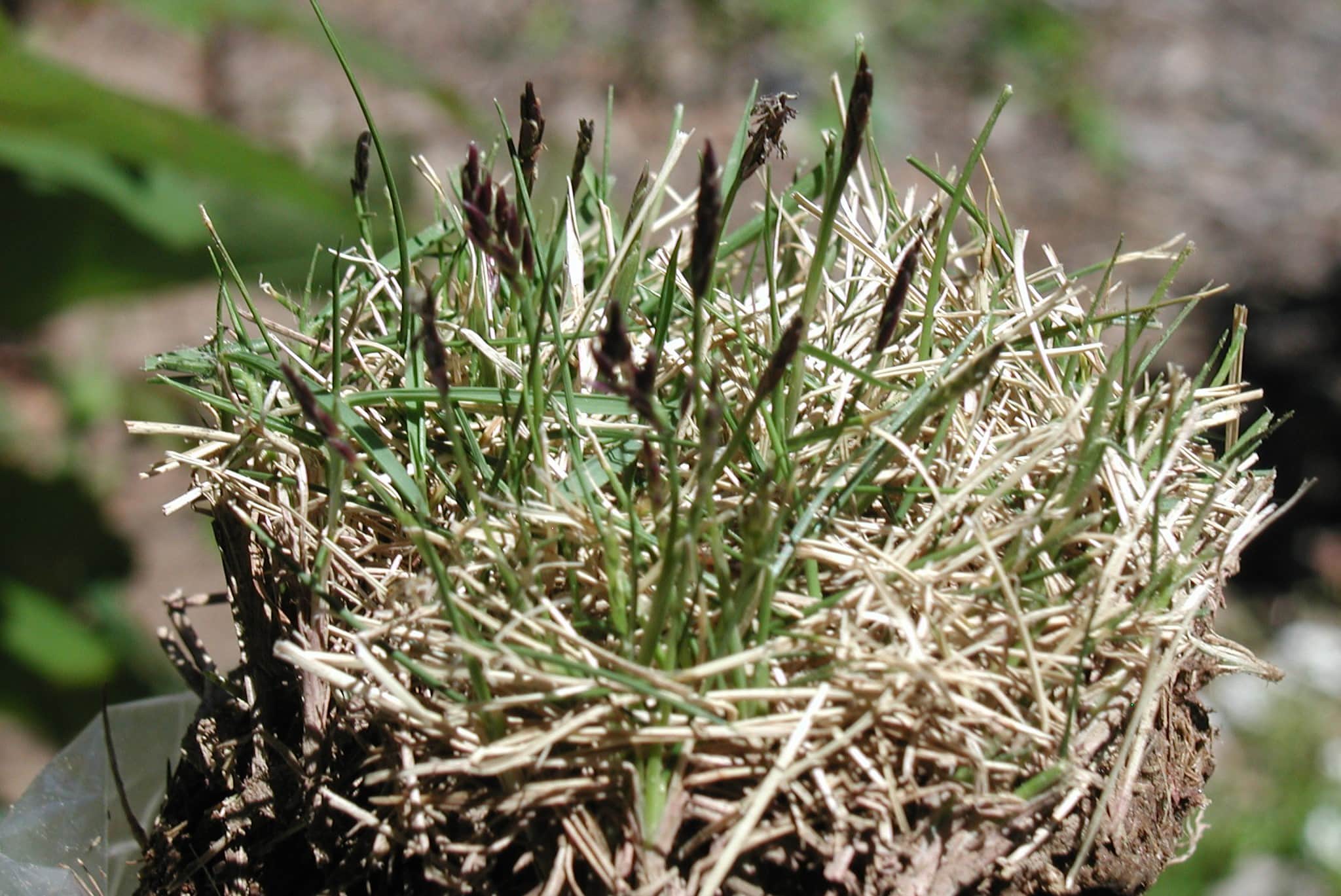

Landscaping Ideas
When Is The Best Time To Plant Zoysia Grass Seed
Modified: March 21, 2024
Discover the ideal timing for planting Zoysia grass seed to achieve a lush, vibrant lawn. Get expert landscaping ideas for successful growth and maintenance.
(Many of the links in this article redirect to a specific reviewed product. Your purchase of these products through affiliate links helps to generate commission for Storables.com, at no extra cost. Learn more)
Introduction
Welcome to the world of Zoysia grass, where lush green lawns and vibrant landscapes come to life. If you're considering planting Zoysia grass seed, you're on the path to creating a beautiful and resilient lawn that can withstand various environmental conditions. In this comprehensive guide, we'll explore the best time to plant Zoysia grass seed, the essential factors to consider, and the steps to ensure your lawn thrives.
Zoysia grass is renowned for its dense, carpet-like growth and its ability to tolerate heat, drought, and heavy foot traffic. Its adaptability to a wide range of soil types and climates makes it a popular choice for homeowners and landscapers alike. Whether you're reviving an existing lawn or starting from scratch, understanding the nuances of planting Zoysia grass seed is crucial for achieving the lush, verdant lawn you've always envisioned.
As we delve into the specifics of planting Zoysia grass seed, we'll uncover the optimal conditions for successful germination and growth. Additionally, we'll discuss the necessary preparations for the soil, the best practices for planting the seeds, and the ongoing care required to maintain a healthy Zoysia grass lawn.
By the end of this guide, you'll be equipped with the knowledge and confidence to embark on your Zoysia grass planting journey. So, let's dive into the fascinating world of Zoysia grass and unearth the secrets to cultivating a thriving, resilient lawn that will be the envy of the neighborhood.
Key Takeaways:
- Plant Zoysia grass seed in late spring to early summer for optimal growth, taking advantage of warm temperatures and longer daylight hours. Consider local climate and soil conditions for successful establishment.
- Prepare soil by testing pH, aerating, and addressing weed control before planting Zoysia grass seed. Follow best practices for seed distribution, watering, and ongoing care to nurture a lush, resilient lawn.
Read more: When To Plant Zoysia Grass Plugs
Understanding Zoysia Grass
Zoysia grass, named after the botanist Karl von Zois, is a warm-season grass celebrated for its exceptional resilience and aesthetic appeal. This grass variety is known for its dense growth, fine texture, and vibrant green color, making it a sought-after choice for lawns, golf courses, and parks.
One of the most notable characteristics of Zoysia grass is its remarkable ability to withstand environmental stressors. From scorching heat to mild drought, Zoysia grass exhibits a remarkable tolerance for adverse conditions, making it an ideal option for regions with varying climates. Its adaptability to different soil types, including sandy and clay soils, further enhances its appeal as a versatile and low-maintenance grass variety.
When it comes to maintenance, Zoysia grass is relatively low-maintenance compared to other grass types. Its dense growth pattern naturally inhibits weed infestation, reducing the need for herbicides and chemical treatments. Additionally, its slow vertical growth rate means less frequent mowing, saving homeowners time and effort in lawn maintenance.
Beyond its practical benefits, Zoysia grass offers a visually appealing landscape with its lush, carpet-like appearance. Whether used for expansive lawns, ornamental gardens, or sports fields, Zoysia grass creates a luxurious, inviting ambiance that enhances outdoor spaces.
Understanding the unique characteristics of Zoysia grass is essential for successful cultivation. By harnessing its resilience, adaptability, and aesthetic allure, homeowners and landscapers can create stunning, enduring lawns that elevate the beauty and functionality of outdoor environments.
Factors to Consider
Before embarking on the journey of planting Zoysia grass seed, it’s crucial to consider several key factors that can influence the success of your lawn. By understanding and addressing these factors, you can create an optimal environment for the germination and growth of Zoysia grass, ensuring a vibrant and resilient lawn for years to come.
- Climate: Zoysia grass thrives in warm climates, making it well-suited for regions with hot, humid summers. It exhibits excellent heat tolerance and can withstand prolonged periods of high temperatures. Understanding your local climate and its seasonal variations will help determine the best time to plant Zoysia grass seed for optimal growth.
- Soil Type: Zoysia grass is versatile in its soil adaptability, but it performs best in well-draining soil with a slightly acidic to neutral pH. Conducting a soil test to assess its composition and pH level can guide soil amendments and preparations to create an ideal growing environment for Zoysia grass.
- Sunlight Exposure: Zoysia grass thrives in full sun but can tolerate partial shade, albeit with reduced density and growth rate. Assessing the sunlight exposure in your lawn area is essential for determining the suitability of the site for planting Zoysia grass seed.
- Watering Requirements: While Zoysia grass exhibits drought tolerance once established, adequate watering is crucial during the initial establishment phase. Understanding the watering needs of Zoysia grass, including its tolerance for dry spells, will inform irrigation practices for successful seed germination and root development.
- Maintenance Commitment: Consider the level of maintenance you are willing to commit to your lawn. Zoysia grass, known for its low-maintenance nature, requires minimal mowing and fertilization once established. However, it’s essential to assess your willingness to provide ongoing care to ensure the long-term health and vitality of your Zoysia grass lawn.
By carefully evaluating these factors and tailoring your approach to suit the specific needs of Zoysia grass, you can lay the groundwork for a thriving and enduring lawn that enhances the beauty and functionality of your outdoor space.
Best Time to Plant Zoysia Grass Seed
Timing plays a pivotal role in the successful establishment of Zoysia grass from seed. While Zoysia grass is known for its resilience and adaptability, selecting the optimal time for planting the seeds is crucial for maximizing germination rates and promoting robust growth.
As a warm-season grass, Zoysia grass thrives in temperatures ranging from 80 to 95 degrees Fahrenheit (27-35 degrees Celsius), making late spring to early summer the ideal window for planting Zoysia grass seed in most regions. This timeframe aligns with the onset of warmer weather, creating favorable conditions for seed germination and the initial stages of growth.
Planting Zoysia grass seed during the late spring to early summer period allows the seeds to take advantage of the increased sunlight and warmth, accelerating the germination process and providing a conducive environment for root development. Additionally, the longer daylight hours during this time of year support the photosynthetic activity necessary for the young seedlings to establish themselves and begin thriving.
It’s important to note that the specific timing for planting Zoysia grass seed may vary based on geographical location and local climate patterns. In cooler regions with shorter growing seasons, it’s advisable to wait until the threat of frost has passed and the soil temperature consistently reaches the optimal range for Zoysia grass seed germination.
For areas with mild winters and early springs, planting Zoysia grass seed in late winter to early spring can also be successful, allowing the seeds to germinate and establish before the onset of scorching summer temperatures. However, it’s essential to monitor soil and air temperatures to ensure they align with the preferred range for Zoysia grass seed germination.
By aligning the planting of Zoysia grass seed with the optimal seasonal conditions and temperature ranges, homeowners and landscapers can set the stage for a thriving lawn that embodies the lush, resilient characteristics of Zoysia grass.
The best time to plant Zoysia grass seed is in late spring or early summer when the soil temperature is consistently above 70°F. This will give the seeds the best chance to germinate and establish before the cooler fall weather sets in.
Preparing the Soil
Creating an optimal growing environment through soil preparation is a critical step in laying the foundation for successful Zoysia grass seed germination and establishment. By addressing key soil considerations and implementing targeted preparations, you can maximize the potential for robust growth and long-term vitality in your Zoysia grass lawn.
Before planting Zoysia grass seed, it’s essential to assess the soil composition, drainage capabilities, and nutrient levels to identify any potential limitations that may hinder seed germination and subsequent growth. Conducting a soil test can provide valuable insights into the pH level, nutrient content, and overall soil structure, guiding the necessary amendments and adjustments for creating an ideal growing medium for Zoysia grass.
When preparing the soil for Zoysia grass seed, consider the following essential steps:
- Soil Testing: Conduct a comprehensive soil test to evaluate the pH level and nutrient content. Zoysia grass thrives in slightly acidic to neutral soil with a pH range of 6.0 to 7.0. Based on the soil test results, adjust the pH as needed using lime to raise the pH or elemental sulfur to lower it, ensuring the soil provides an optimal foundation for seed germination and root development.
- Soil Aeration: Aerating the soil promotes better air and water penetration, fostering a healthier root system for the emerging Zoysia grass seedlings. Utilize a core aerator to alleviate soil compaction and enhance the overall soil structure, creating an environment conducive to robust root growth.
- Weed Control: Prior to planting Zoysia grass seed, address any existing weeds or unwanted vegetation in the designated area. Utilize herbicides or manual removal to eliminate competing plants and create a clear, weed-free space for the Zoysia grass seed to germinate and establish without hindrance.
- Soil Amendments: Based on the soil test recommendations, incorporate organic matter, such as compost or well-decomposed manure, to improve soil fertility and structure. Additionally, apply a balanced, slow-release fertilizer to provide essential nutrients for the initial growth stages of the Zoysia grass seedlings.
- Seedbed Preparation: Create a smooth, level seedbed by raking the soil to remove debris and create a uniform surface for planting the Zoysia grass seed. A well-prepared seedbed ensures proper seed-to-soil contact, facilitating successful germination and establishment.
By meticulously preparing the soil and addressing its specific needs, you can establish an optimal foundation for planting Zoysia grass seed, setting the stage for healthy, vigorous growth and a thriving lawn that embodies the beauty and resilience of Zoysia grass.
Read more: When To Plant Zoysia Seeds
Planting Zoysia Grass Seed
Planting Zoysia grass seed is a transformative process that sets the stage for the emergence of a lush, resilient lawn. By following best practices and leveraging strategic techniques, you can optimize the germination and establishment of Zoysia grass, paving the way for a vibrant and enduring landscape.
When planting Zoysia grass seed, it’s important to adhere to the following guidelines to ensure successful establishment:
- Seed Selection: Choose high-quality Zoysia grass seed from a reputable supplier, ensuring that the seed is fresh, viable, and free from impurities or contaminants. Select a Zoysia grass variety that aligns with your climate and soil conditions, maximizing the potential for successful growth and long-term resilience.
- Seeding Rate: Determine the appropriate seeding rate based on the specific Zoysia grass variety and the size of the designated lawn area. Follow the recommended seeding rate provided by the seed supplier or consult with a local horticulture expert to ensure optimal coverage for successful germination and establishment.
- Seed Distribution: Evenly distribute the Zoysia grass seed across the prepared seedbed using a seed spreader or by hand broadcasting. Ensure thorough coverage while avoiding excessive seed accumulation in concentrated areas, promoting uniform germination and consistent growth throughout the lawn area.
- Seed-to-Soil Contact: Achieve adequate seed-to-soil contact by lightly raking or rolling the seeded area, pressing the seeds into the soil to facilitate germination. Proper seed embedding promotes moisture retention and enhances the likelihood of successful seedling emergence, setting the stage for robust root development.
- Watering and Irrigation: Provide consistent moisture to the seeded area by gently watering the soil without disturbing the seeds. Maintain moist, but not waterlogged, conditions to support seed germination, ensuring that the soil surface remains conducive to the emergence of young Zoysia grass seedlings.
- Germination and Establishment: Monitor the seeded area for signs of germination and emerging seedlings. As the Zoysia grass seedlings begin to establish, continue to provide consistent moisture and refrain from mowing until the seedlings reach a height of approximately 2-3 inches, allowing for robust root development.
By adhering to these best practices and nurturing the emerging Zoysia grass seedlings with care and attention, you can set the stage for a vibrant, resilient lawn that embodies the beauty and endurance of Zoysia grass. With patience and dedication, the transformation from seed to lush green carpet will unfold, creating an inviting outdoor space for years to come.
Caring for Zoysia Grass
Once Zoysia grass has been successfully established, ongoing care and maintenance are essential to ensure its long-term health, vigor, and visual appeal. By implementing targeted care practices and adhering to a consistent maintenance regimen, you can cultivate a thriving Zoysia grass lawn that enriches your outdoor environment with its lush, resilient presence.
Key aspects of caring for Zoysia grass include:
- Mowing: Maintain the recommended mowing height for Zoysia grass, typically between 1 to 2 inches, to promote dense growth and discourage weed encroachment. Regular mowing, conducted with sharp blades, helps uphold the manicured appearance of the lawn while stimulating lateral growth and overall vitality.
- Watering: Zoysia grass exhibits excellent drought tolerance once established, but it benefits from deep, infrequent watering to encourage deep root development. Water the lawn as needed, providing approximately 1 inch of water per week during dry periods, allowing the soil to partially dry between watering sessions to promote resilient, drought-resistant growth.
- Fertilization: Apply a balanced, slow-release fertilizer to Zoysia grass in the early spring to support vigorous growth and lush green color. Avoid excessive nitrogen applications, as Zoysia grass has a moderate fertility requirement and can thrive with minimal fertilization once established.
- Thatch Management: Monitor and address thatch accumulation in the Zoysia grass lawn by dethatching as needed. Utilize a dethatching rake or mechanical dethatcher to remove excessive thatch, promoting improved air and water penetration while preventing potential pest and disease issues.
- Weed Control: Address any emerging weeds promptly to prevent competition for nutrients and space within the Zoysia grass lawn. Utilize targeted herbicides or manual removal to manage weed populations, preserving the pristine appearance and health of the lawn.
- Aeration: Periodically aerate the soil to alleviate compaction and enhance root development, promoting a healthy, resilient root system for the Zoysia grass. Core aeration facilitates improved air and water infiltration, fostering optimal growing conditions for the grass.
- Overseeding: Consider overseeding with Zoysia grass seed to fill in sparse areas and promote a denser, more uniform lawn. Select high-quality seed and ensure proper seed-to-soil contact for successful germination and integration with the existing Zoysia grass.
By integrating these care practices into your lawn maintenance routine, you can nurture a vibrant, enduring Zoysia grass lawn that embodies lush beauty, resilience, and lasting appeal. With a thoughtful approach to care and maintenance, your Zoysia grass landscape will flourish, providing a welcoming and visually captivating outdoor sanctuary for relaxation and enjoyment.
Conclusion
Embarking on the journey of planting Zoysia grass seed unveils a world of resilience, beauty, and enduring allure, transforming outdoor spaces into vibrant, inviting landscapes. By understanding the nuances of Zoysia grass cultivation and embracing best practices, homeowners and landscapers can cultivate lush, resilient lawns that embody the captivating charm of this exceptional grass variety.
From the optimal timing for planting Zoysia grass seed to the meticulous soil preparations and ongoing care practices, every step in the cultivation process contributes to the creation of a thriving, verdant lawn. The adaptability of Zoysia grass to varying climates, its low-maintenance nature, and its remarkable resilience against environmental stressors position it as a premier choice for homeowners seeking enduring beauty and functionality in their outdoor environments.
As the seeds take root and the young seedlings emerge, the transformation from bare soil to a luxuriant carpet of green unfolds, enriching outdoor spaces with a sense of natural splendor and tranquility. The lush, dense growth of Zoysia grass, coupled with its vibrant green hue and ability to withstand the rigors of everyday use, elevates the outdoor experience, providing a welcoming backdrop for leisure, recreation, and relaxation.
Through the thoughtful integration of soil preparations, strategic planting techniques, and targeted care practices, the vision of a thriving Zoysia grass lawn becomes a reality, enriching the outdoor environment with its enduring charm and vitality. The beauty of Zoysia grass extends beyond its aesthetic appeal, fostering a sense of connection to nature and a sanctuary for outdoor enjoyment.
In the world of landscaping, Zoysia grass stands as a testament to the harmonious blend of resilience and beauty, offering a compelling choice for creating captivating outdoor spaces that inspire and rejuvenate. As you embark on your Zoysia grass planting journey, may the verdant allure of this exceptional grass variety enrich your outdoor landscape, creating an enduring tapestry of natural splendor and tranquility for years to come.
Frequently Asked Questions about When Is The Best Time To Plant Zoysia Grass Seed
Was this page helpful?
At Storables.com, we guarantee accurate and reliable information. Our content, validated by Expert Board Contributors, is crafted following stringent Editorial Policies. We're committed to providing you with well-researched, expert-backed insights for all your informational needs.
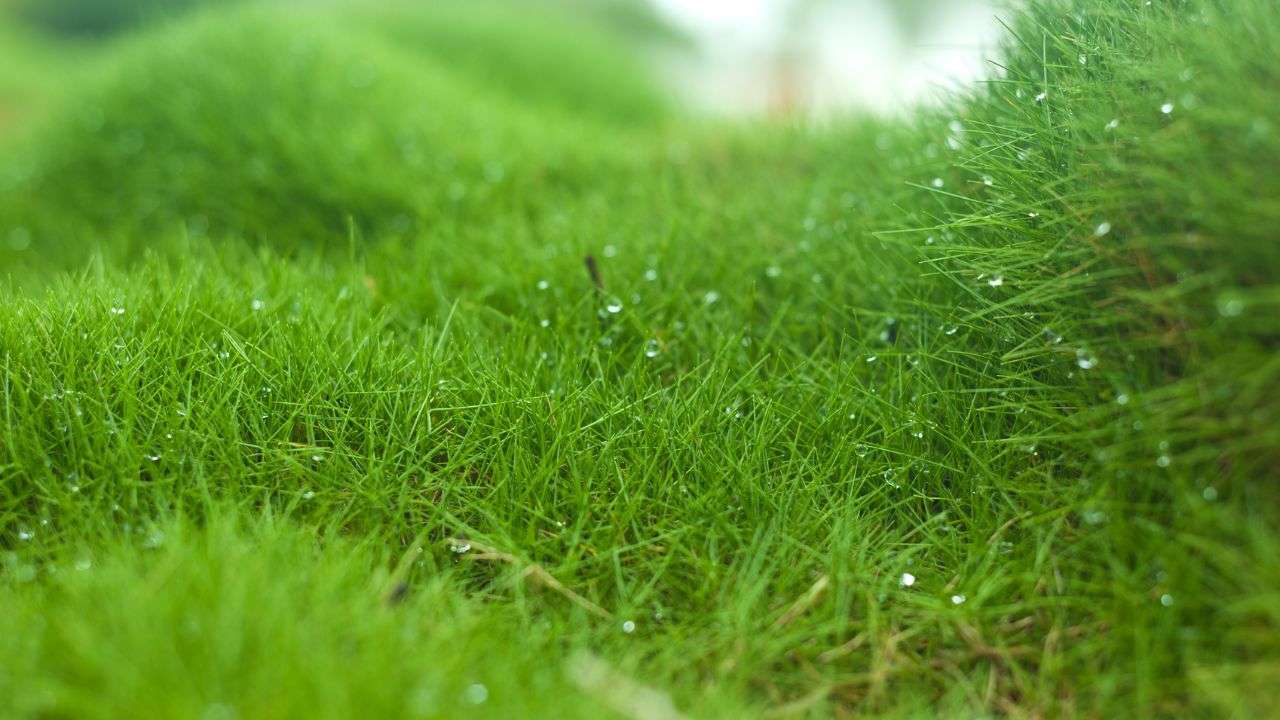
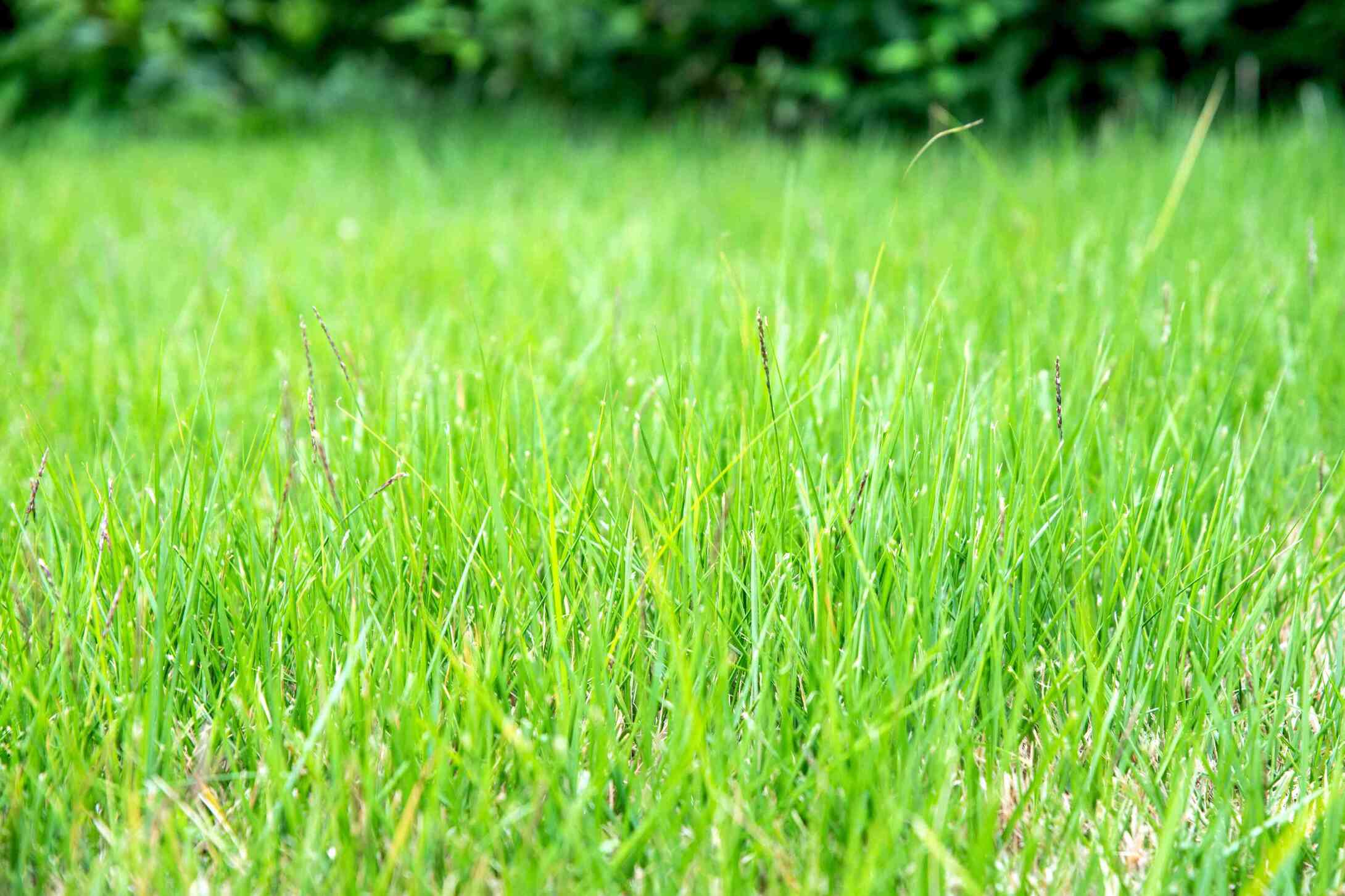
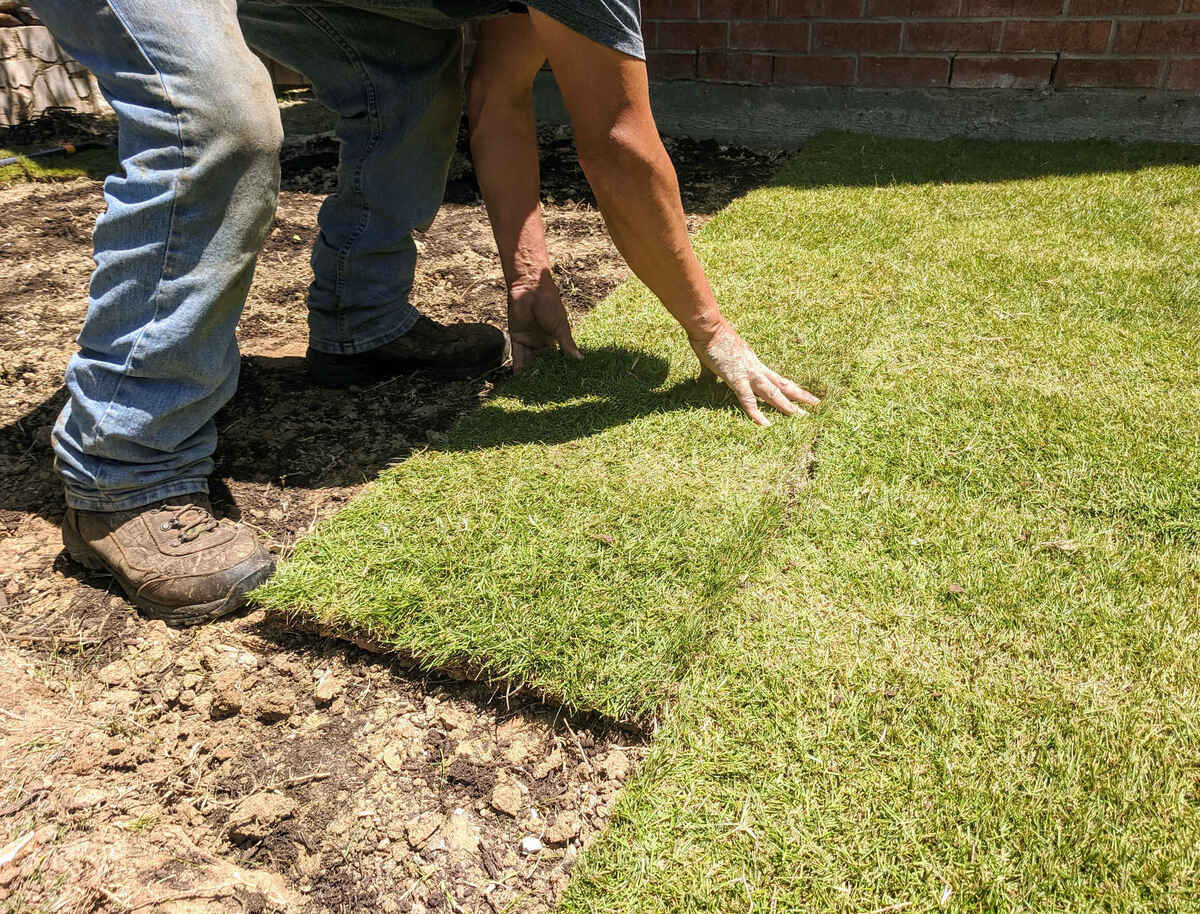
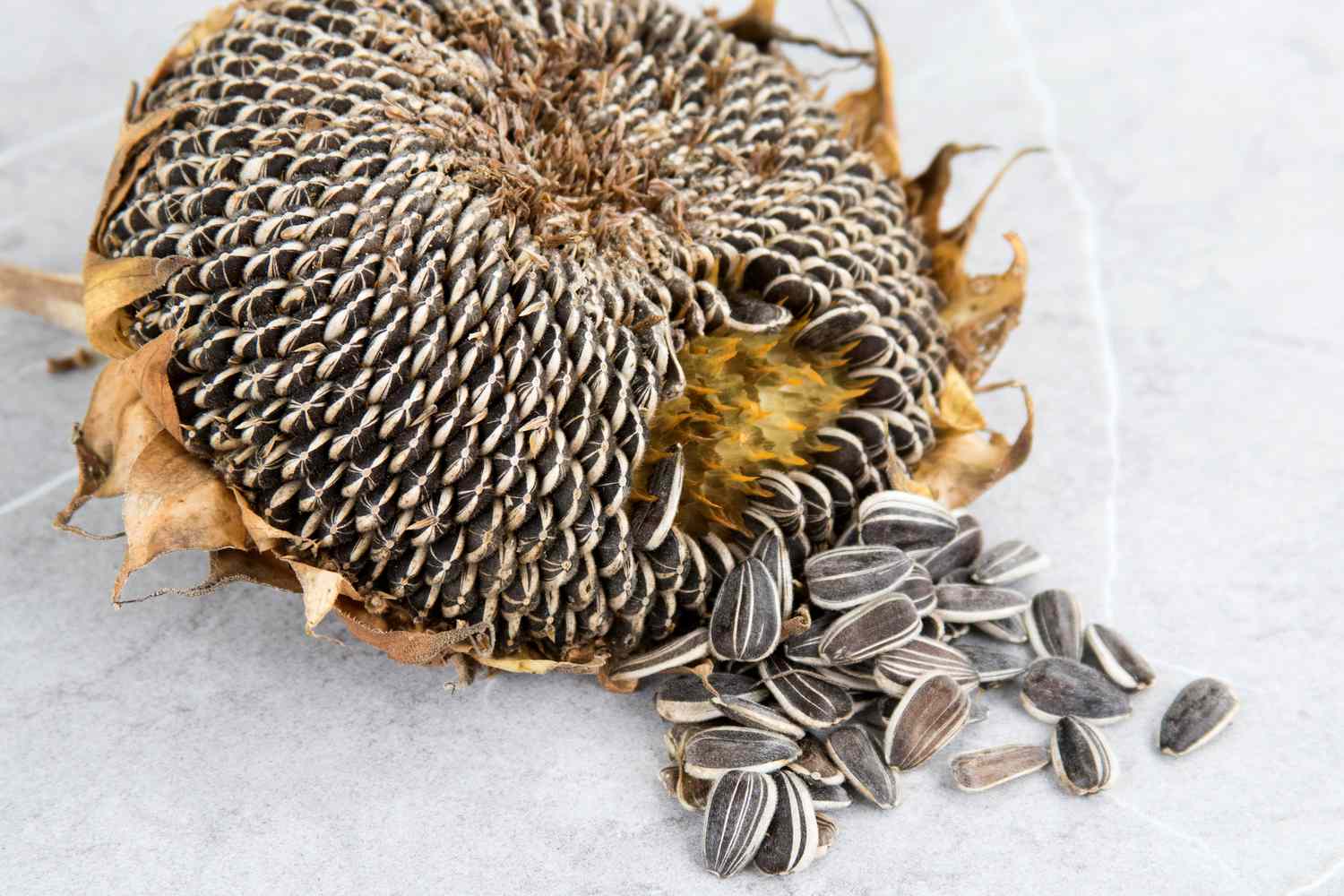
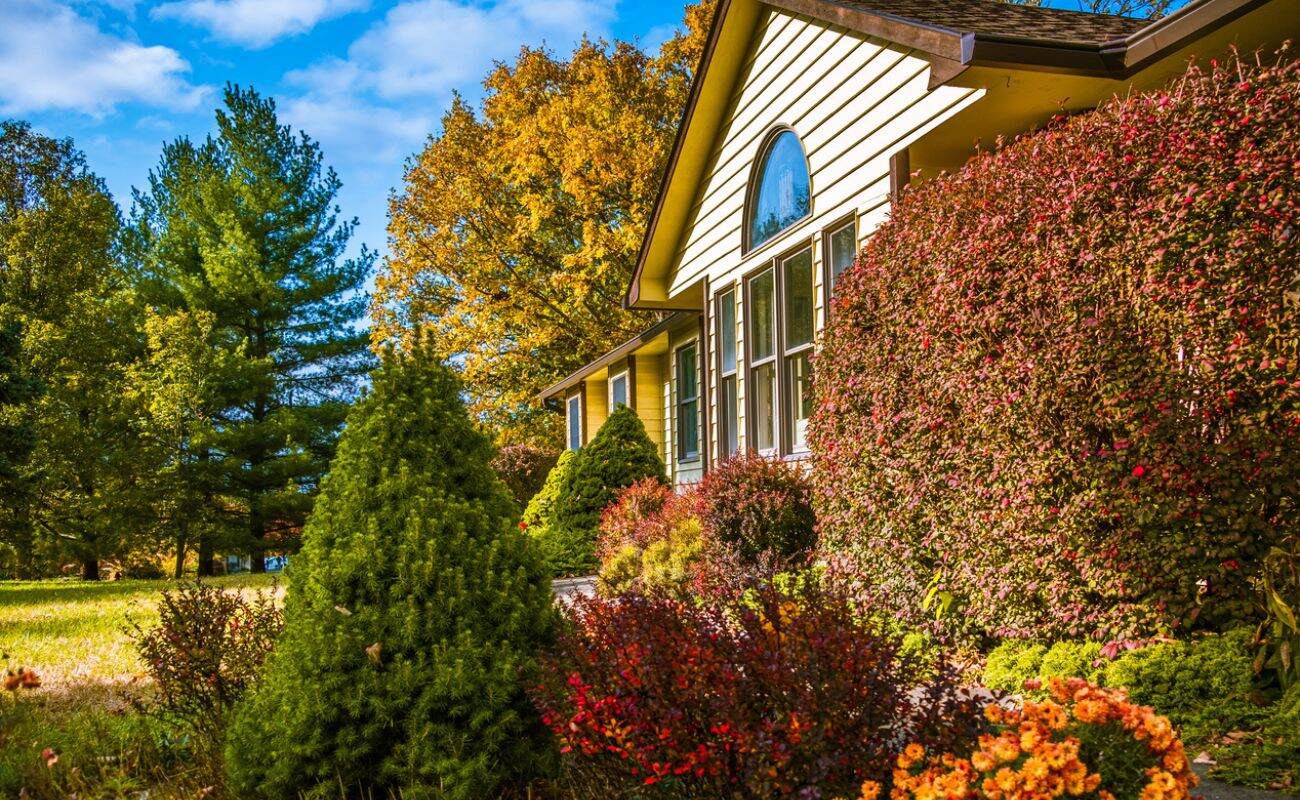
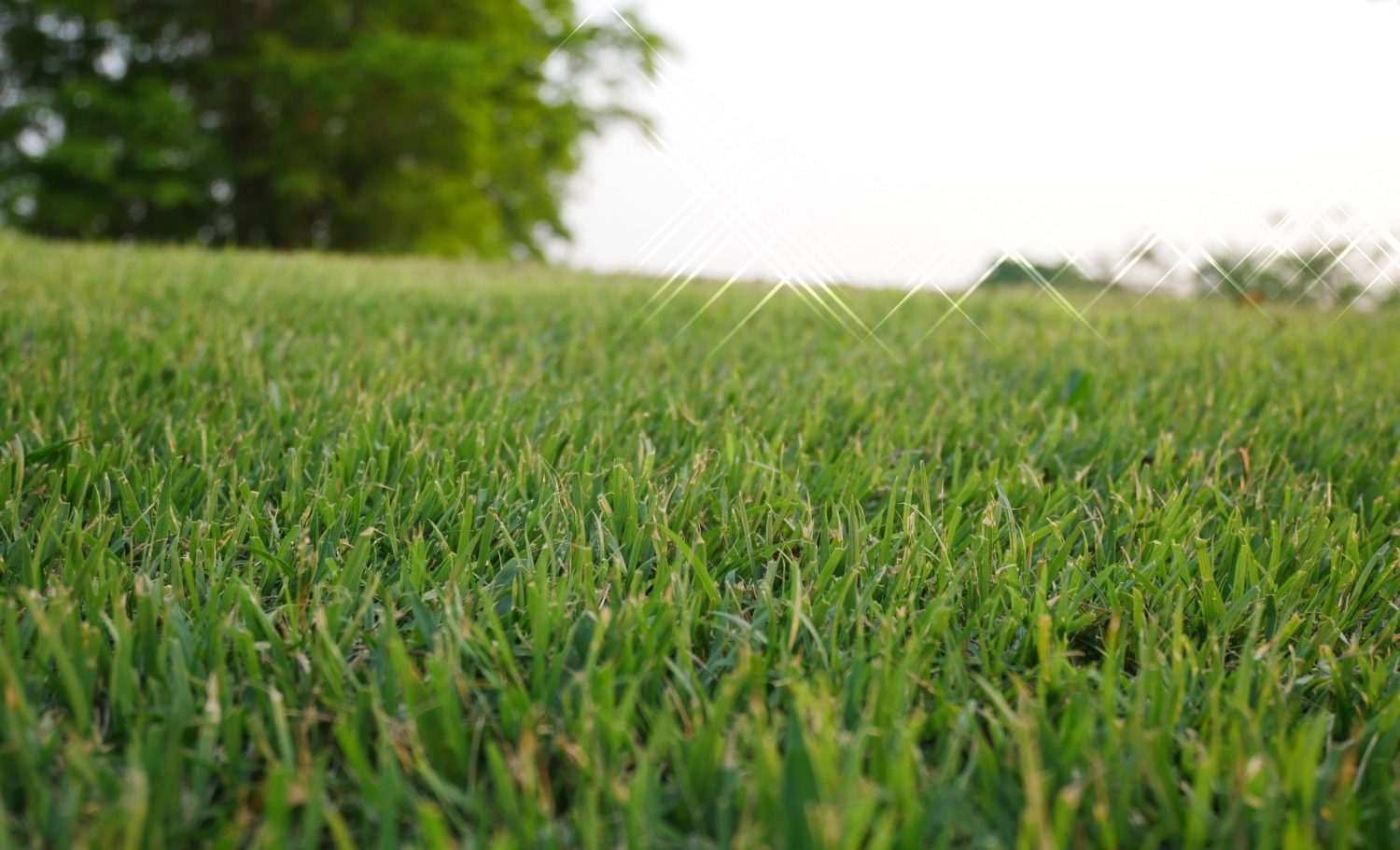
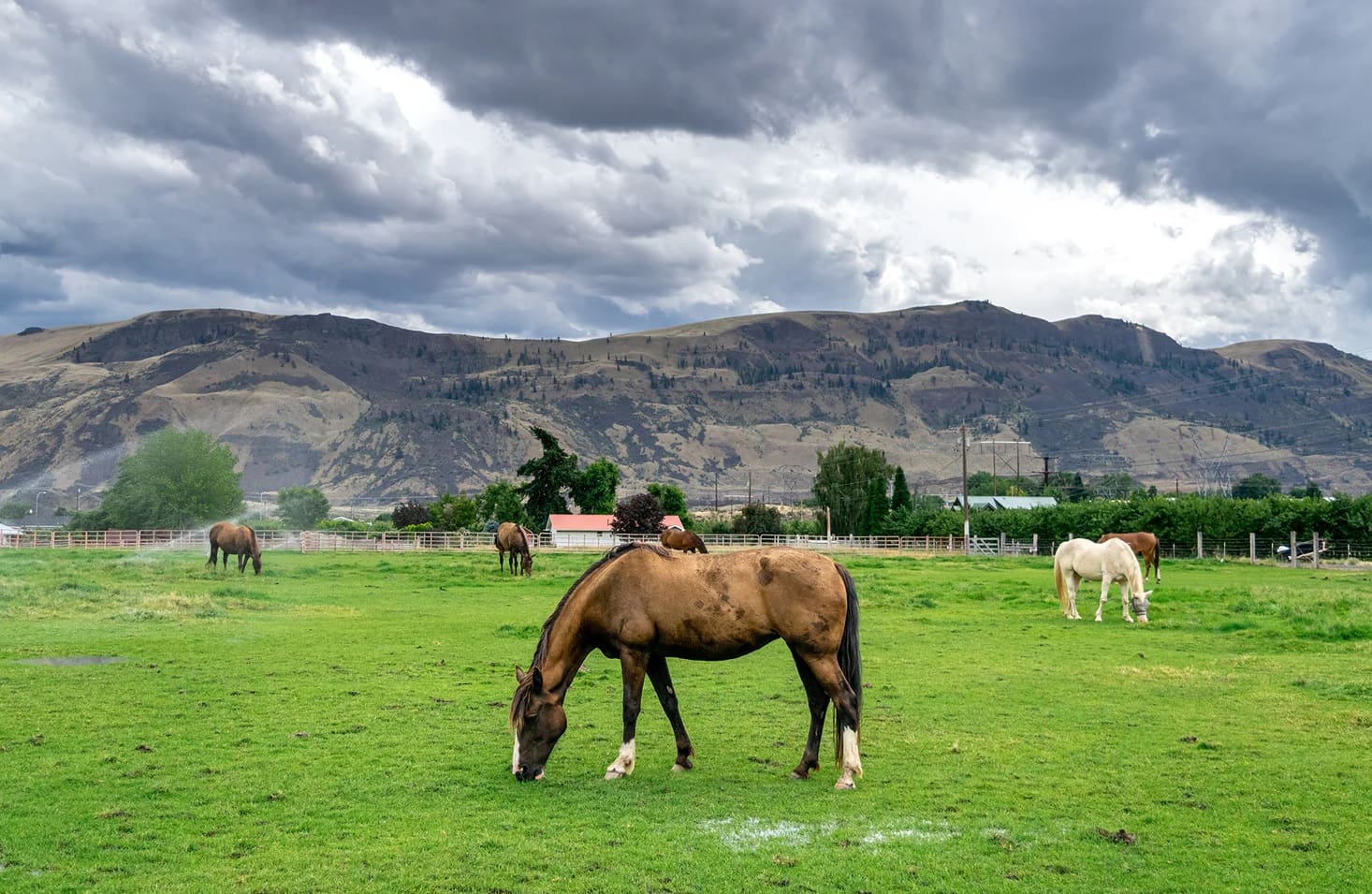
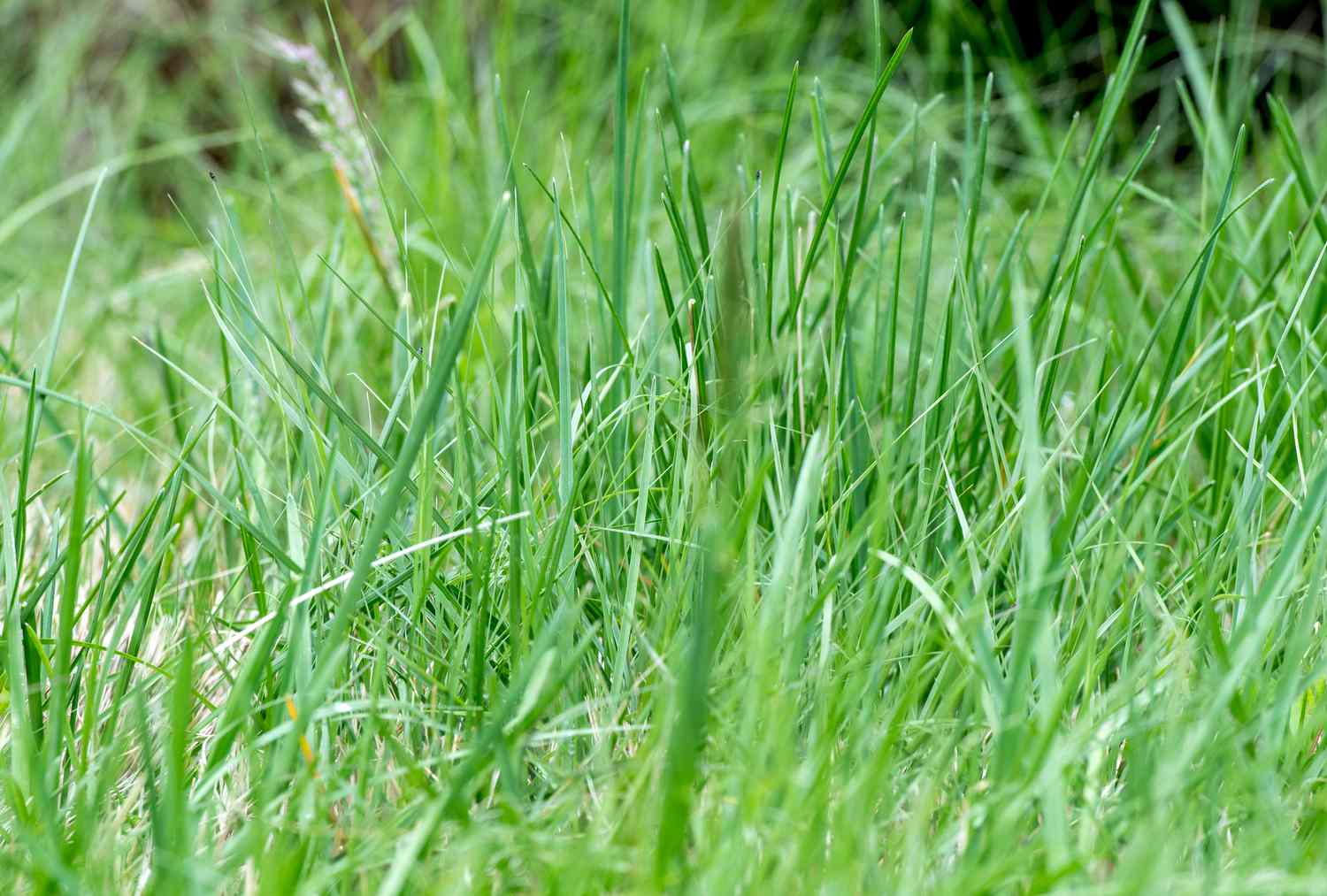
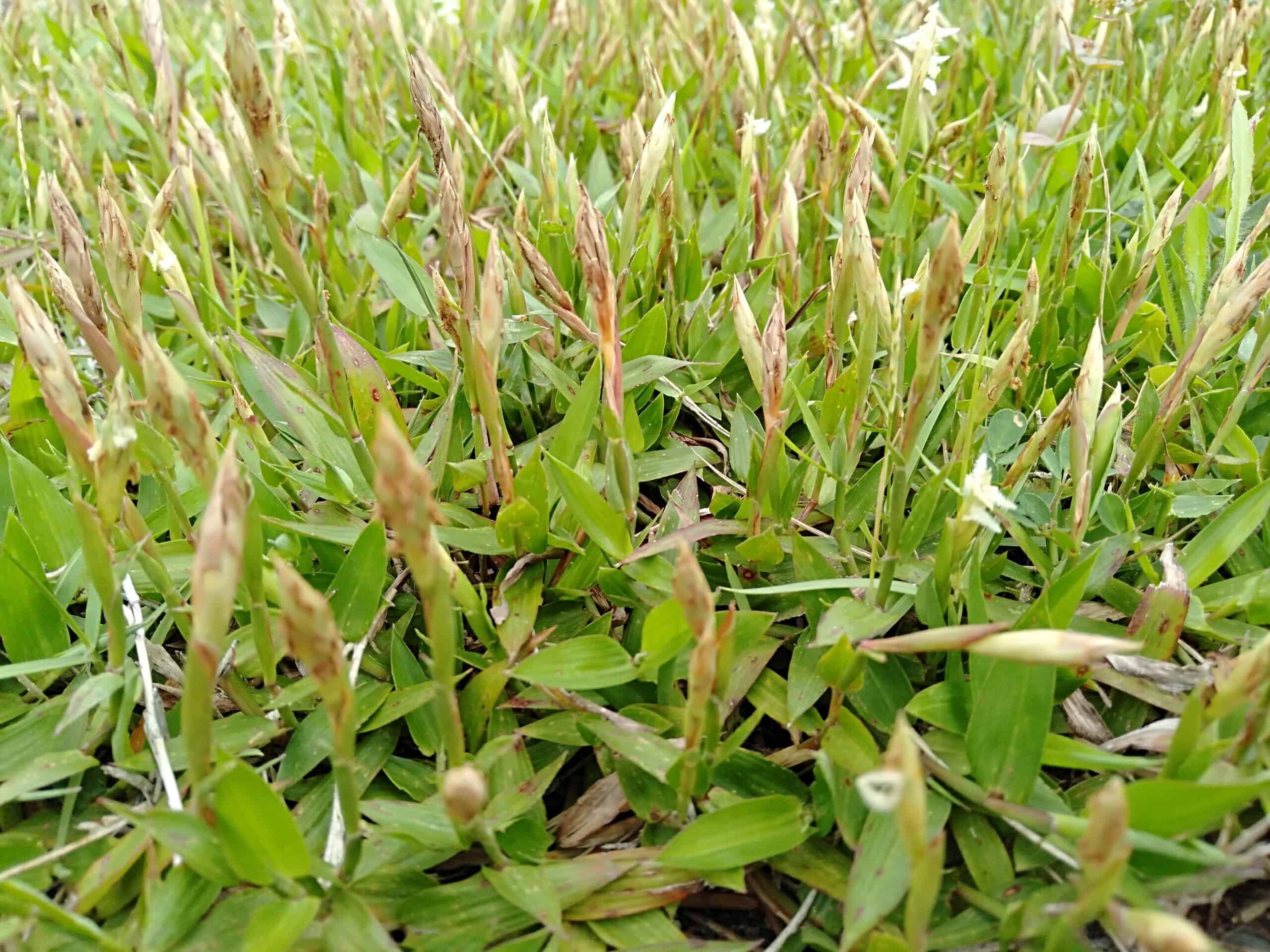
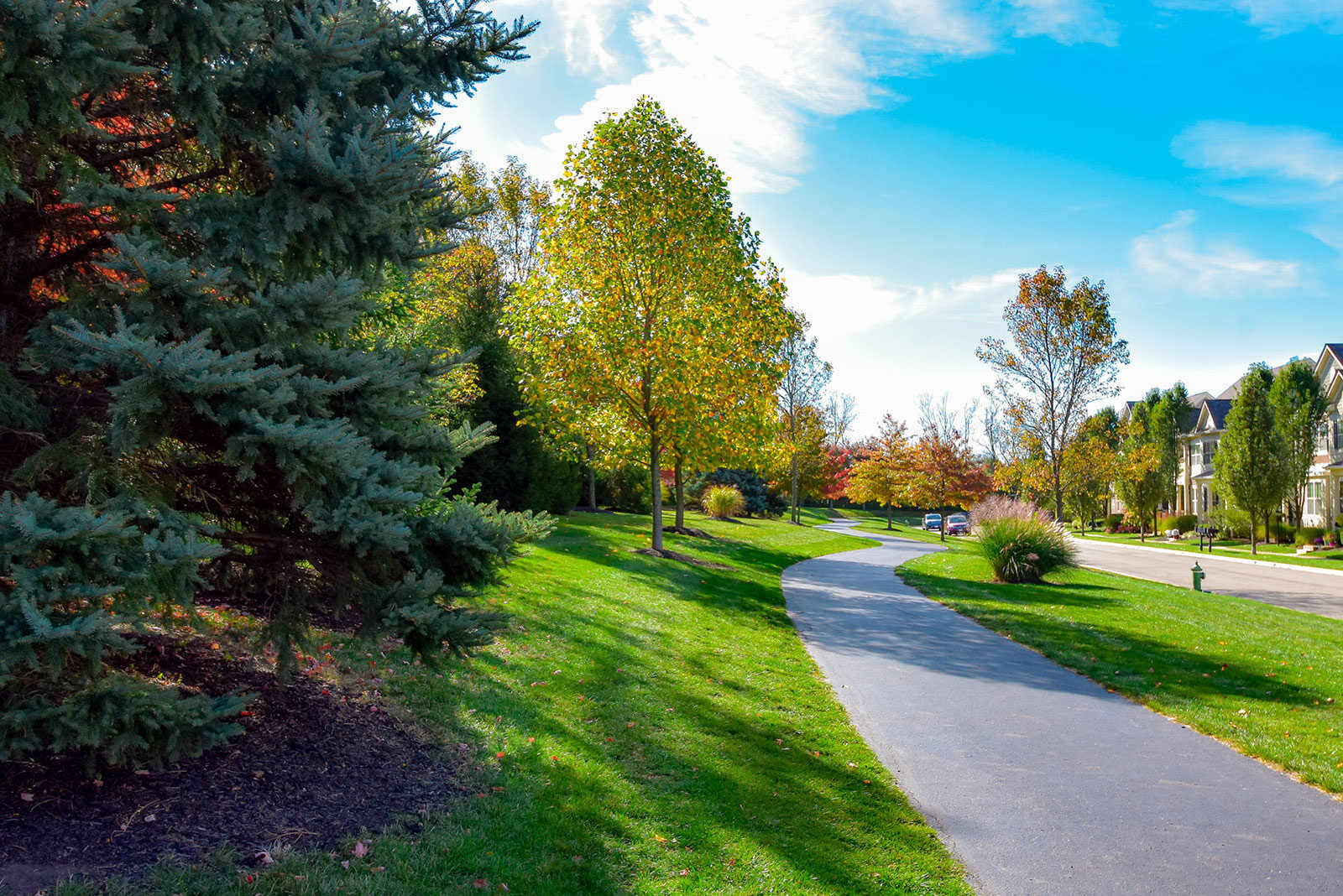
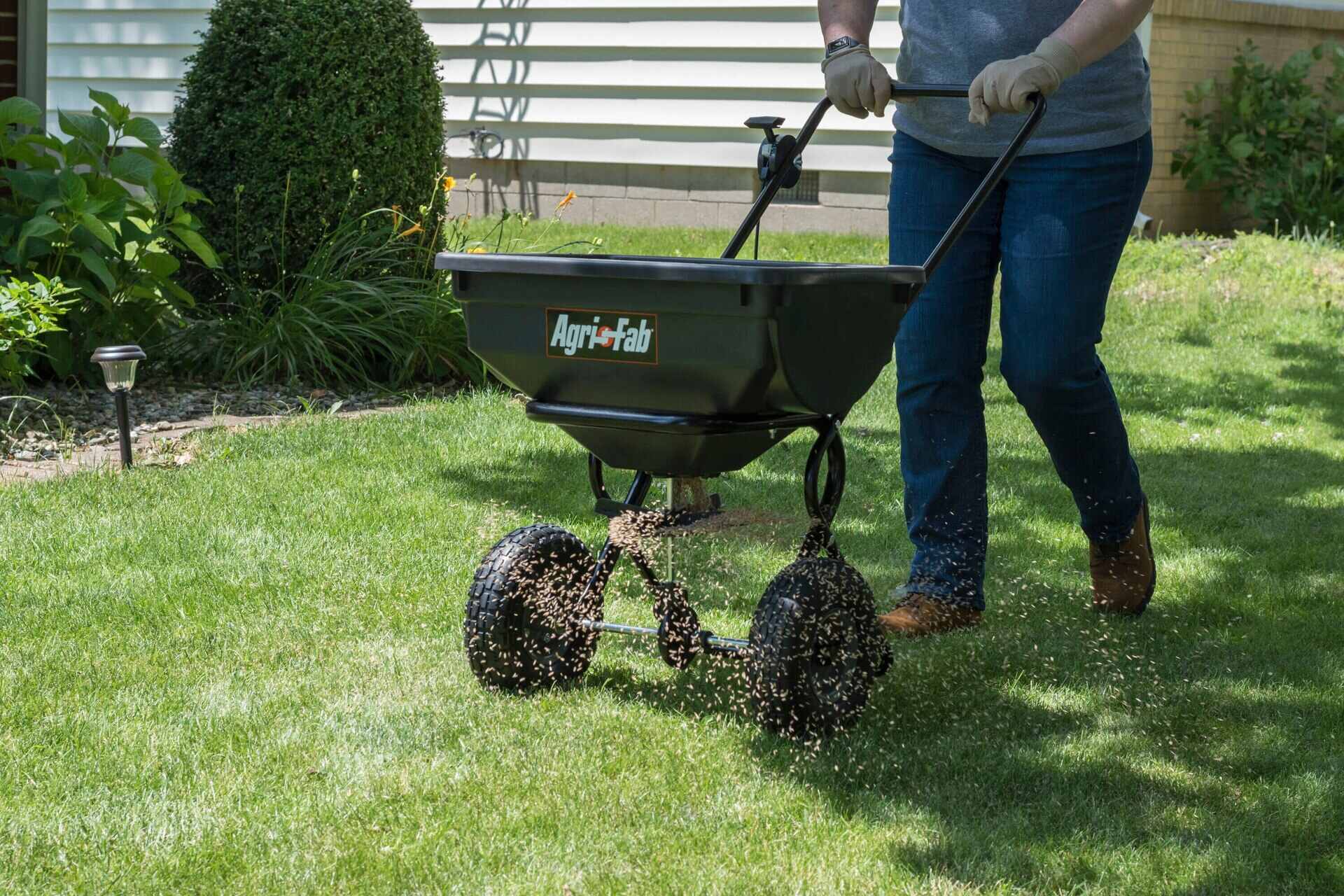
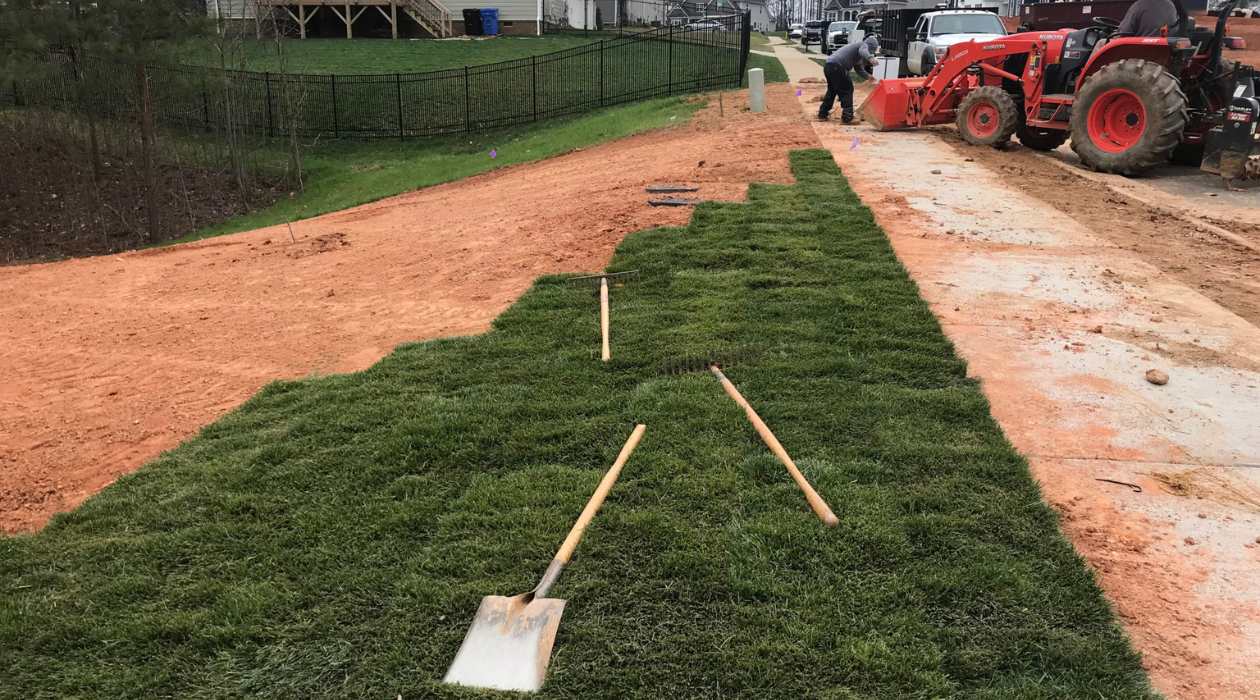
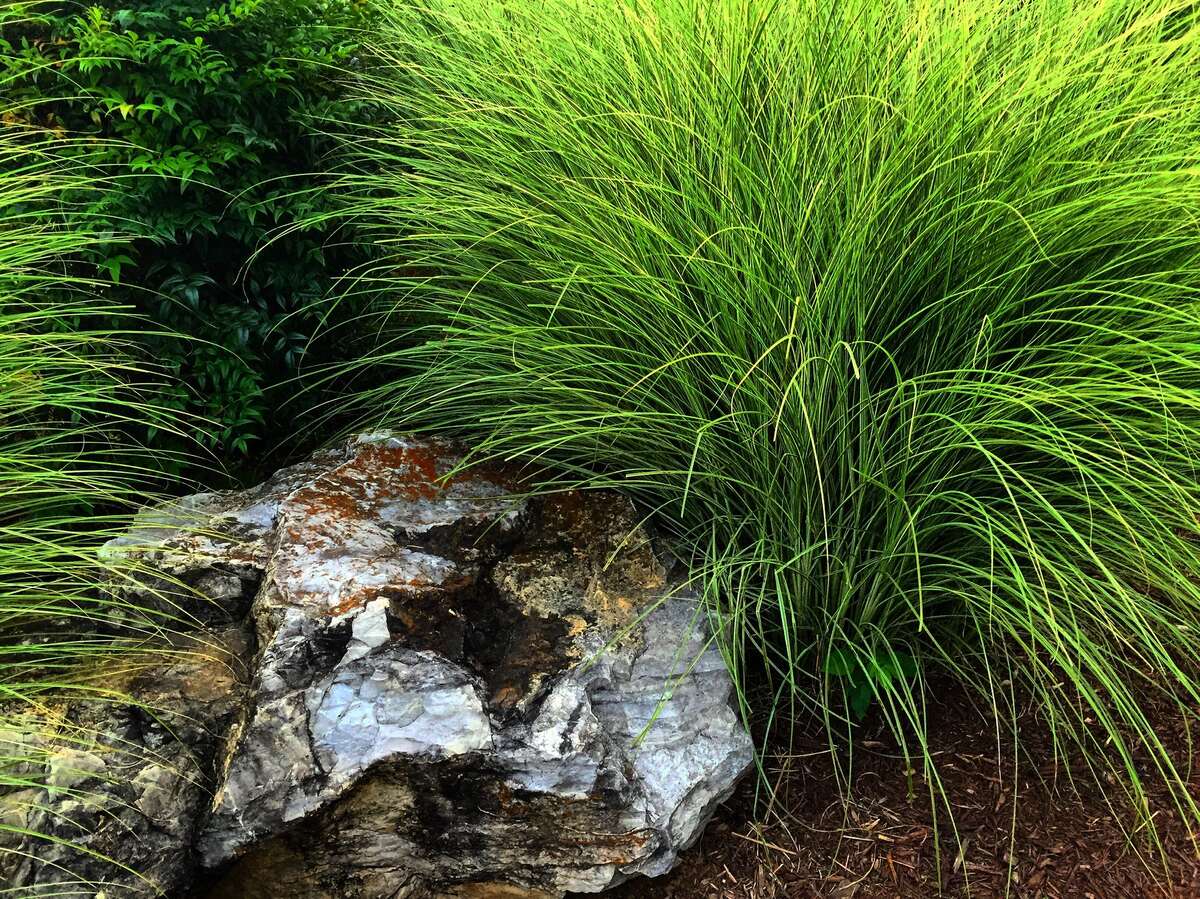
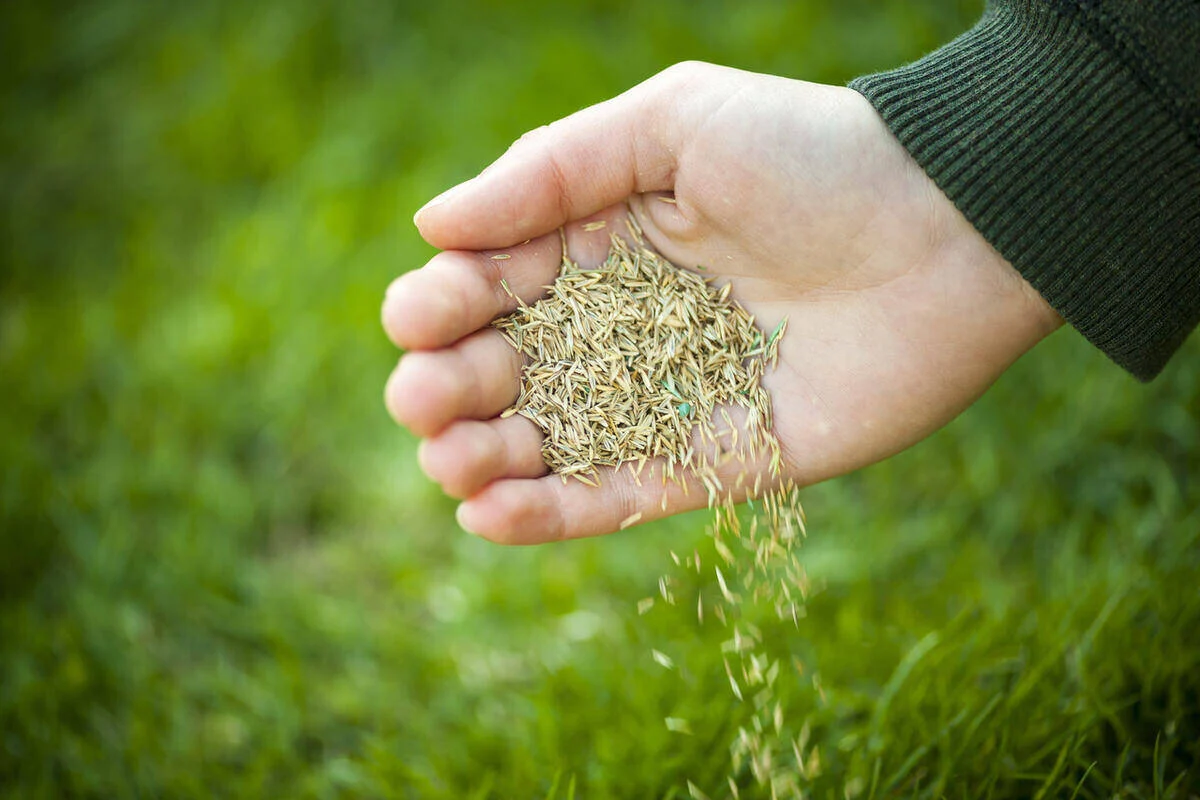

0 thoughts on “When Is The Best Time To Plant Zoysia Grass Seed”